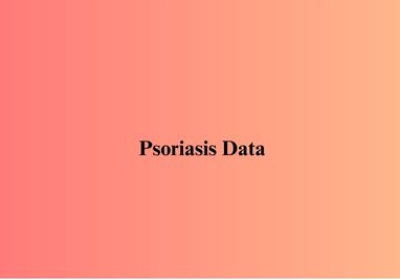
Unintended Pregnancies were a Common Occurrence
Unintended Pregnancies were a Common Occurrence
- By --
- Tuesday, 04 Jul, 2023
Once upon a time, in a world where unintended pregnancies were a common occurrence, the significance of abortion as a response to this issue became apparent.
Statistics revealed that six out of 10 unintended pregnancies worldwide resulted in induced abortions.
This information shed light on the importance of abortion as a medical procedure to address unintended pregnancies effectively.
However, a troubling revelation emerged from these statistics. Approximately 45% of all abortions were classified as unsafe, with developing countries bearing the brunt of this alarming trend.
In fact, a staggering 97% of unsafe abortions occurred in these regions, where access to proper healthcare resources was limited.
This grim reality emphasized the prevalence of unsafe abortion practices and their potential consequences in areas where women faced numerous barriers to healthcare.
The repercussions of unsafe abortions were devastating, especially for women. Not only did they face the risk of physical complications but also mental health issues, imposing additional burdens on both individuals and communities.
The gravity of the situation became evident when it was revealed that unsafe abortions were a leading cause of maternal deaths and morbidities. The fact that these negative outcomes were preventable made the situation all the more tragic.
Recognizing the urgent need for change, the World Health Organization (WHO) recommended a safe and appropriate method for conducting abortions.
When performed by skilled professionals using WHO-recommended techniques tailored to the stage of pregnancy, abortion was deemed safe for the individual's health.
It became clear that the availability of abortion services that were safe, prompt, affordable, and conducted with dignity was of utmost importance for public health and the protection of human rights.
Unfortunately, access to these essential services was insufficient in many parts of the world, posing considerable obstacles and resulting in far-reaching consequences.
Women, communities, and healthcare systems were affected by the lack of access to safe and appropriate abortion care.
The welfare of women was compromised, maternal mortality rates were impacted, and the violation of human rights was prevalent.
In conclusion, the imperative of ensuring access to safe and appropriate abortion care became evident through this information-based story.
Protecting women's health, preventing maternal mortality, and upholding human rights all hinged on guaranteeing access to these vital services.




-Dashboard.jpg)
